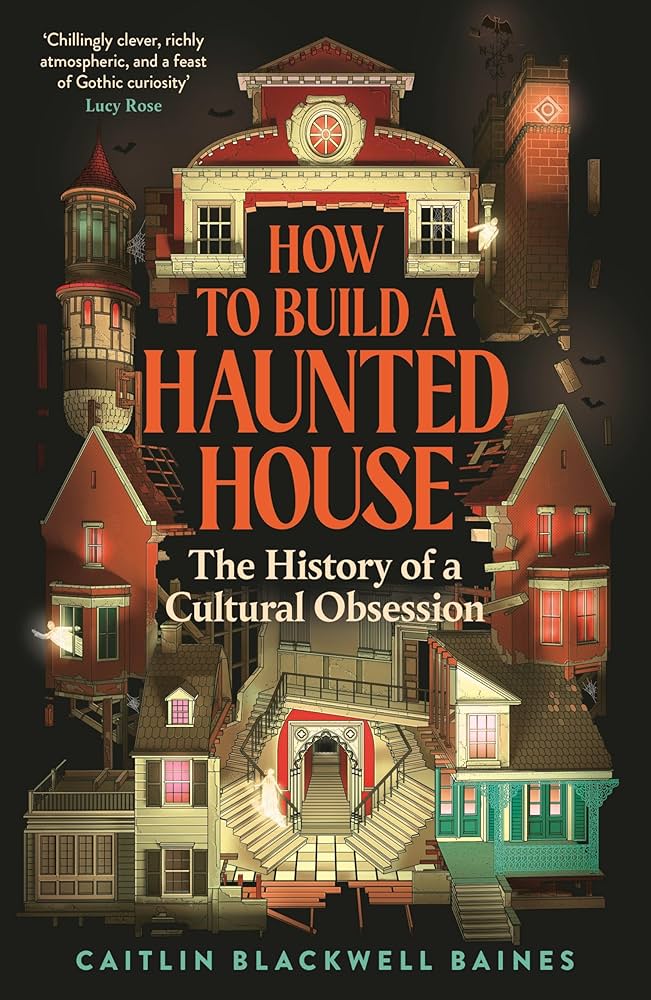Ghosts have always lingered in human habitations: one of the earliest recorded haunted house stories is Mostellaria, a play from the early second century bce by Plautus, in which an Athenian merchant’s son tricks his father into believing a ghost is living in their house. As a specific idea, however, the haunted house – which Baines defines as ‘a multi-room, multi-storeyed domestic structure, occupied by a nuclear family and haunted by the spirits of its past occupants’ – is a relatively recent, Anglo-American phenomenon. In Japan, ghosts tend to haunt people rather than places. Indigenous Australian spirits favour natural rather than human structures and Mexican ghosts are usually ‘free-floating entities’.
The modern haunted house was, Baines argues, invented almost single-handedly by Horace Walpole, who codified its architecture in Strawberry Hill, his kitschily Gothic Twickenham retreat, and established many of its essential narrative features in The Castle of Otranto, the first Gothic novel, which he wrote while living there. Walpole was a ghost sceptic, and there have never been any reported sightings at Strawberry Hill. Instead, with its papier-mâché battlements and wood and plaster fireplaces, it was what Walpole called ‘a plaything house’: a stage set designed to cultivate a sense of ‘gloomth’, or gloomy warmth.
The Castle of Otranto, too, emphasises its confected artificiality. With a complicated plot involving a long-lost heir, star-crossed lovers and a mysterious death by falling helmet, Walpole promoted it as ‘a new species of romance’, which fused ‘imagination and improbability’ with a ‘strict adherence to common life’. The novel established narrative tropes that have proved remarkably persistent in the haunted house genre ever since: gloomthy location, veiled prophecies and a narrative framing device involving the discovery of a manuscript. More significant than plot was the novel’s setting. Before Walpole, ghosts in English literature tended to haunt people, or generic geographic locations: crossroads, bridges, graveyards. After him, they came inside, haunting domestic spaces.
Baines’s central argument is that the rise of the haunted house in the popular imagination coincided with the emergence of the modern home as a physical and psychic reality: a building designed specifically as a dwelling, separate from farm or workplace, where a single nuclear family lived together in isolation from the rest of society. This led to a turning inward of domestic experience that is, as many historians have argued, reflected across culture more broadly. On this reading, haunted houses are ghostly analogues of the stream of consciousness novel, Impressionist painting or the rise of psychoanalysis. In the essay in which Freud first used the term unheimlich, he pointed out that one of the few successful English translations is ‘“haunted”, in the sense of “a haunted house”’.

